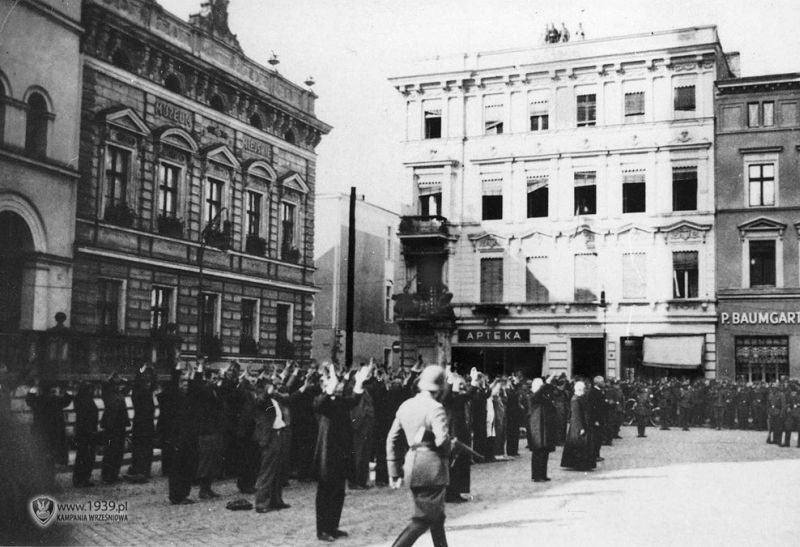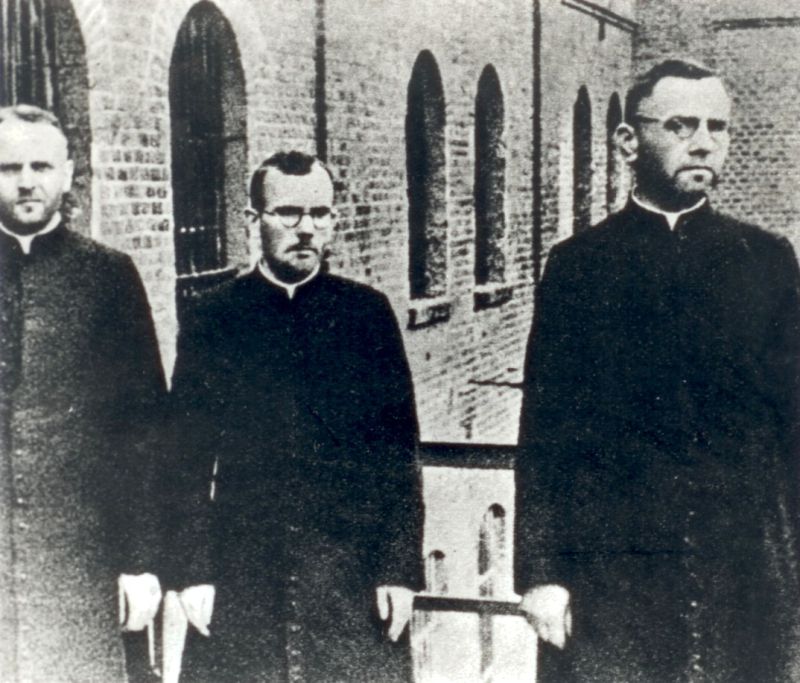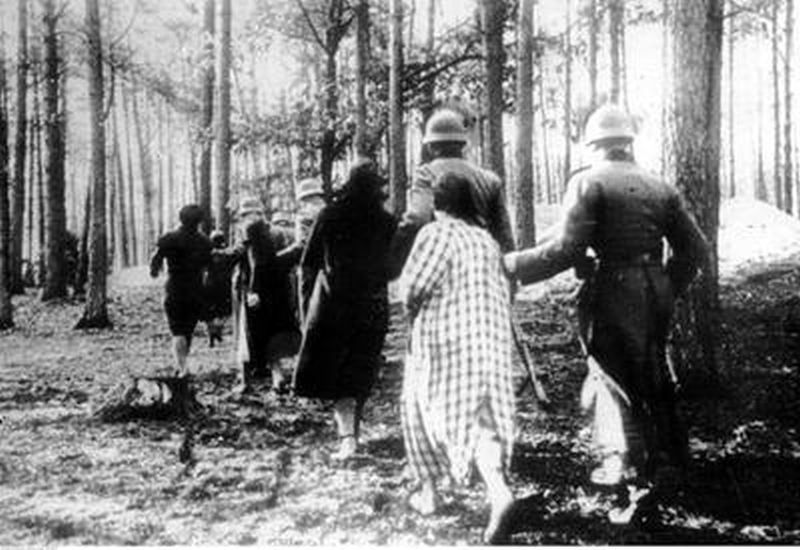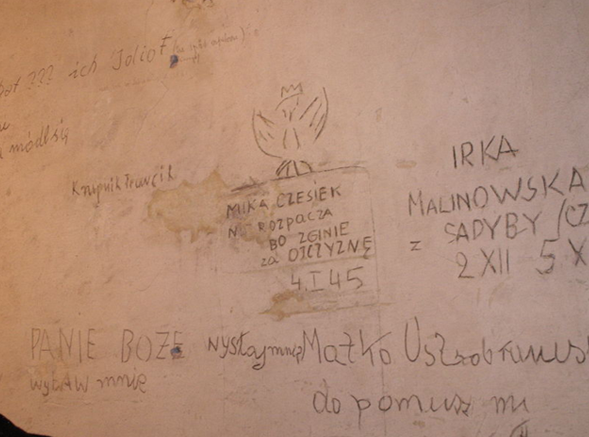Colonisation and deportations
In November 1939 a significant operation against the Polish intelligentsia was conducted. In the course of the action 183 university professors and academics from the Jagiellonian University and Academy of Mining and Metallurgy in Kraków were arrested and subsequently sent to concentration camps.
A year later, November 1940, in Prague, the Governor-General of occupied Poland Hans Frank said:
If I had to put up a poster for every seven Poles shot, the forests of Poland would not be sufficient to manufacture the paper.
The Polish people should no longer be called a cultural nation – this statement by Heinrich Himmler justified the destruction or plunder of items of Polish culture and national heritage. Entire galleries, museum collections and cultural monuments were shipped away. Likewise, most Polish libraries and archives were looted or destroyed. Many historic buildings and monuments of nature were destroyed either deliberately or as a result of military conflict. All universities and secondary schools were closed. In elementary education the teaching of history, geography and Polish was limited or banned. Polish children went to schools with only three to six classes, and the teachers were mainly German. At least 60,000 Polish children, fulfilling established racial criteria, were subjected to Germanisation. Only around 30,000 of them returned to Poland after the war.
According to estimations, as a result of the Second World War 5 – 5.8 million Polish citizens perished, approximately 14 – 17 % of the total population. Hundreds of thousands were killed during the military actions. The rest lost their lives as a result of other actions of the German invader and, to alesser extent, also the actions of the Soviet invader. Approximately 60% of Polish citizens killed during the Second World War were Jews.





